A new museum near Shanghai celebrates Chinese cultural history
Chinese architecture studio Horizontal Design is behind the design of the new Zhang Yan Cultural Museum, a contemporary building inspired by the past
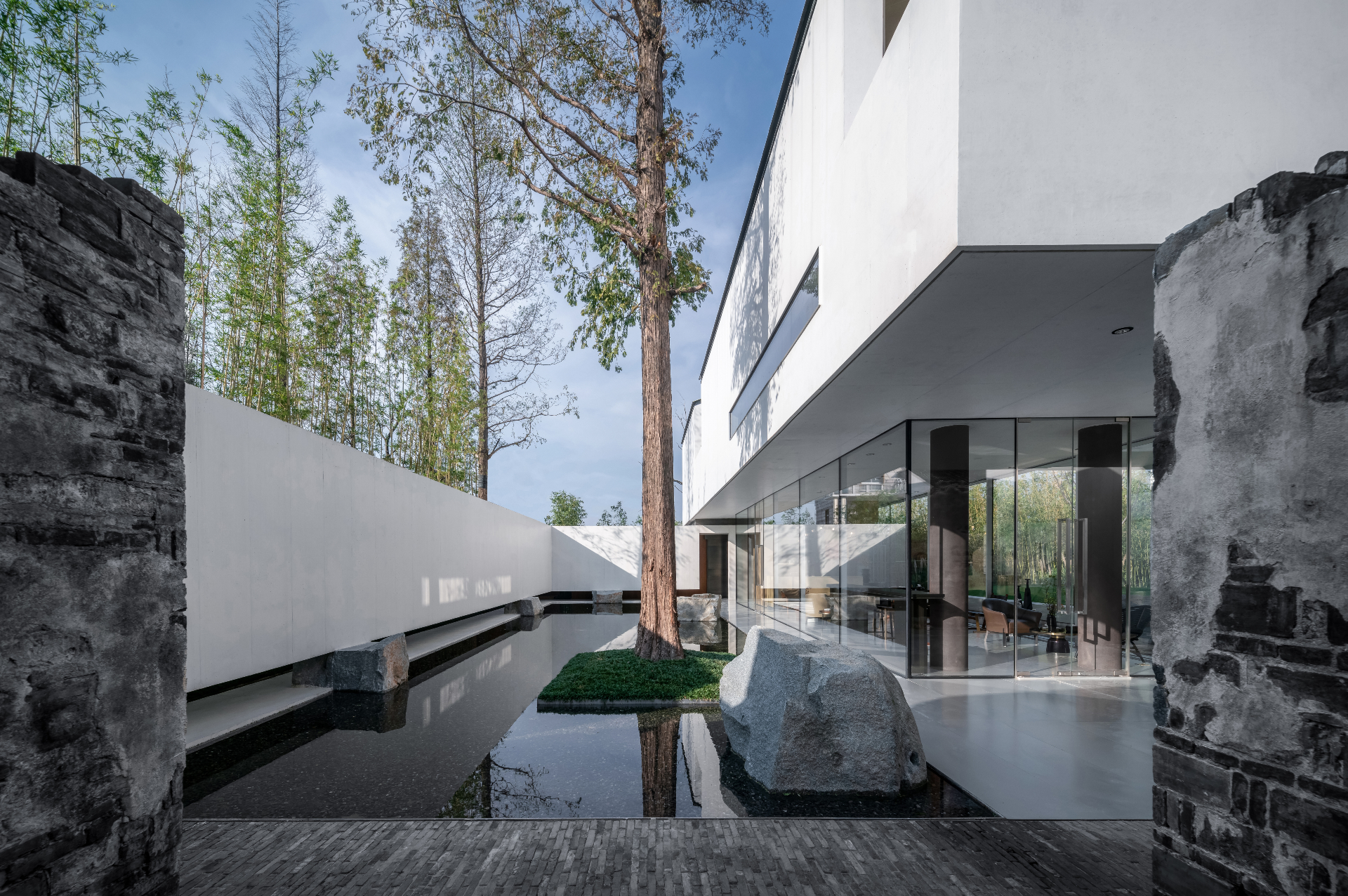
In the suburbs of Shanghai, in Chonggu Town, a new museum celebrates the birthplace of Shanghai's ancient culture and the history of the Fuquan Mountain culture. Working within the remains of historic architecture, Shenzhen based architecture studio Horizontal Design carefully balanced renovation with new building design to create a voluminous collection of concrete forms that organically grows from the existing historic architecture.
Recently, efforts have been made to restore and revive the Zhang Yan Village, which dates back to the Tang and Song dynasties and appears in Chinese literature and cultural history. Across the village, new design projects are taking place to embrace its past, while updating it for contemporary uses too, so old and new can co-exist.

To start their design process for the museum, the architects researched and analysed the existing site. Several structures – the Village History Hall and the dilapidated Zhang Family’s House – formed the starting point for the new design, and closely neighbouring buildings such as a local temple, defined the spatial and aesthetic qualities of the design too.
On the site was a former family home dating back to the Qing dynasty. While it was in a state of disrepair, the architects chose to preserve what was left, and built a respectful addition to create one of the exhibition halls on the same footprint. The new architecture was slightly offset, so it appears to float within the ruin. The design follows the traditional atrium typology with inward sloping roofs, echoing the life of the former structure.
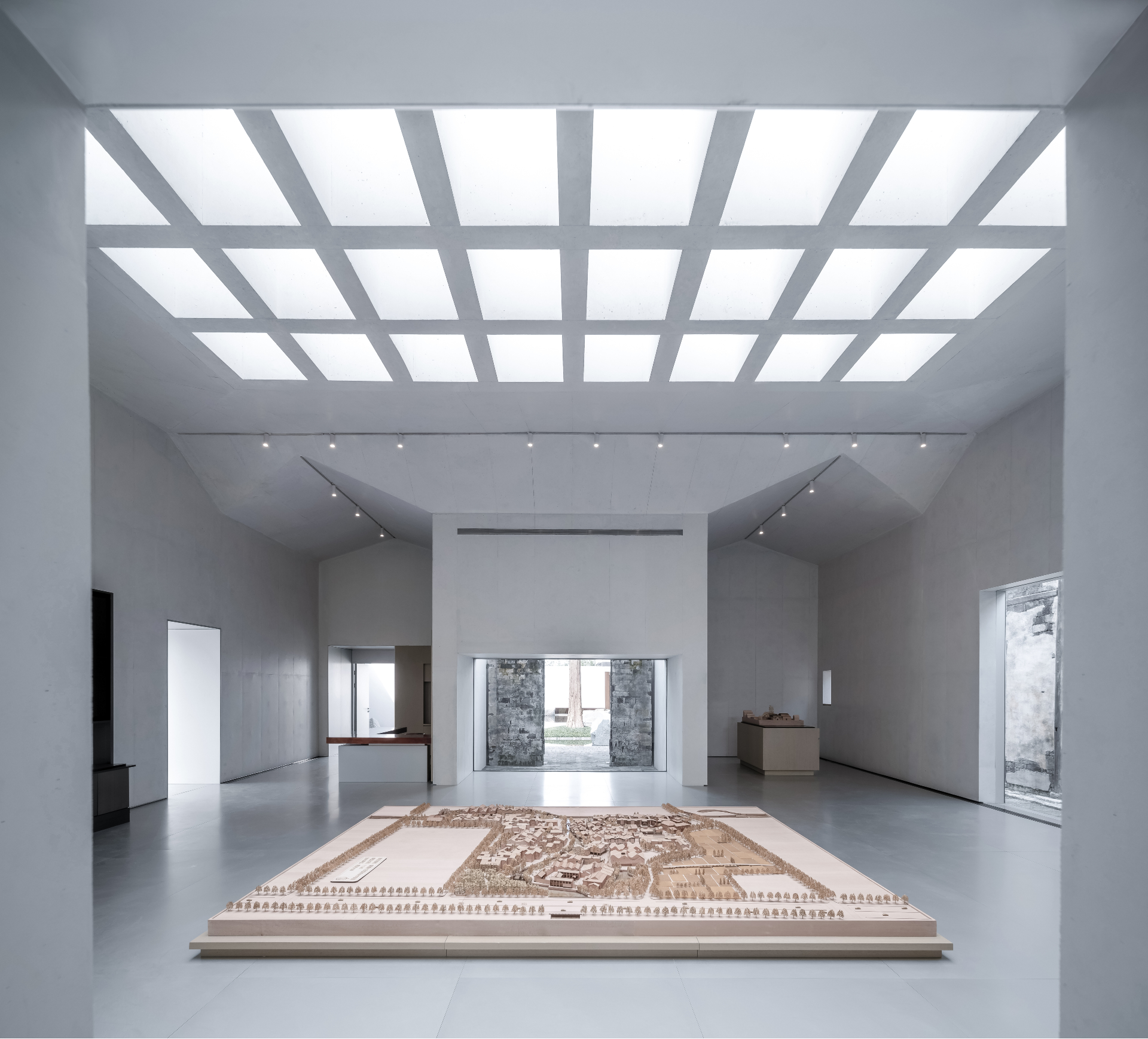
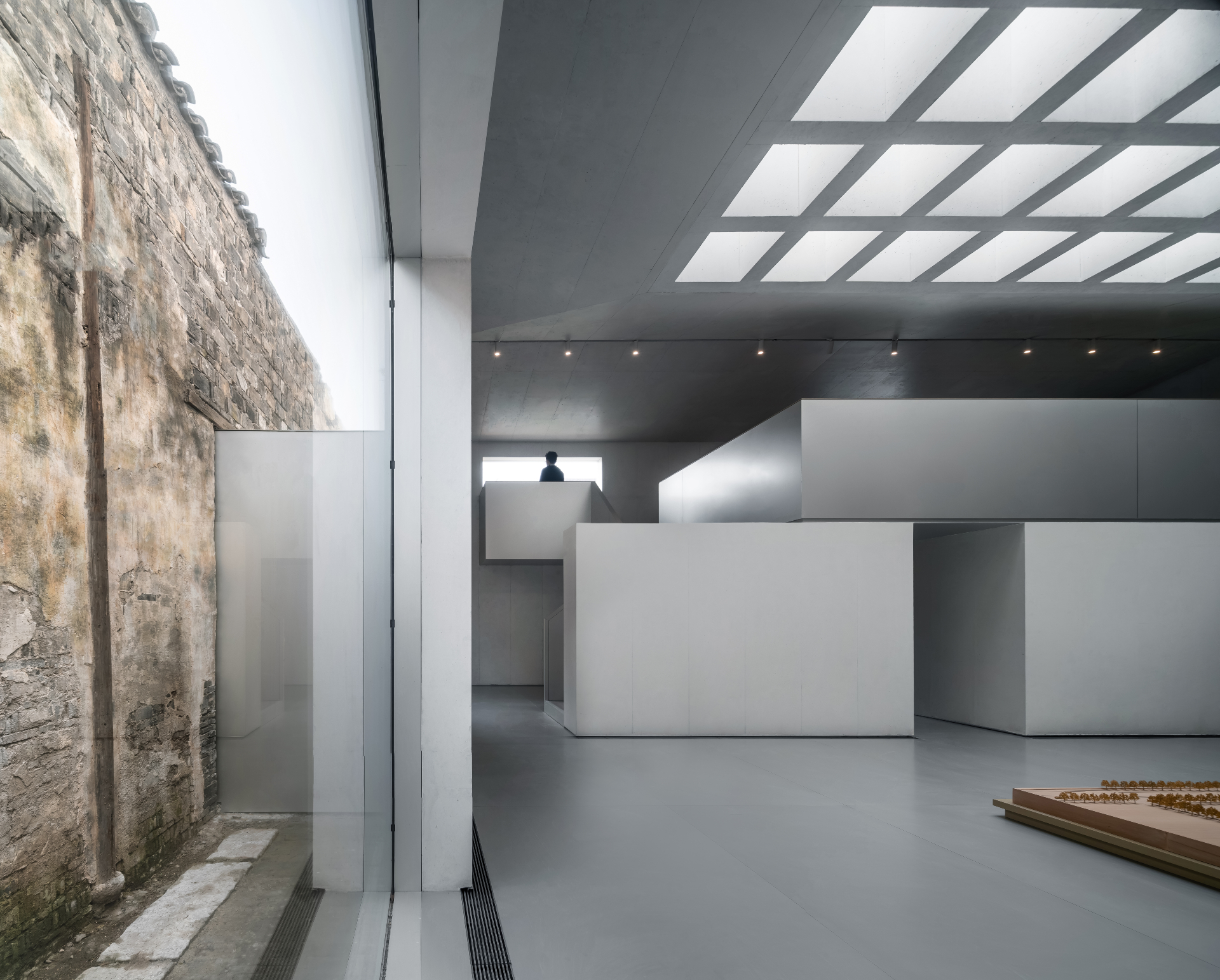
The better preserved Village History Hall was given a full renovation – the wooden load-bearing structure was repaired and revealed and partition walls were removed, so the original atrium space can again be celebrated. An anodized aluminium flooring, chosen to resist humidity, was laid throughout the exhibition halls, so there is consistency throughout the museum.
Further research revealed another historic building to the north, so a third exhibition hall was built on this footprint. Anodized aluminium was used for the flooring and ceiling, so this space feels more contemporary than the first two spaces.
Between the new volumes, bamboo plants and a water feature create a calming oasis for the community to enjoy. A grey brick masonry wall encloses the space forming a sheltered courtyard.
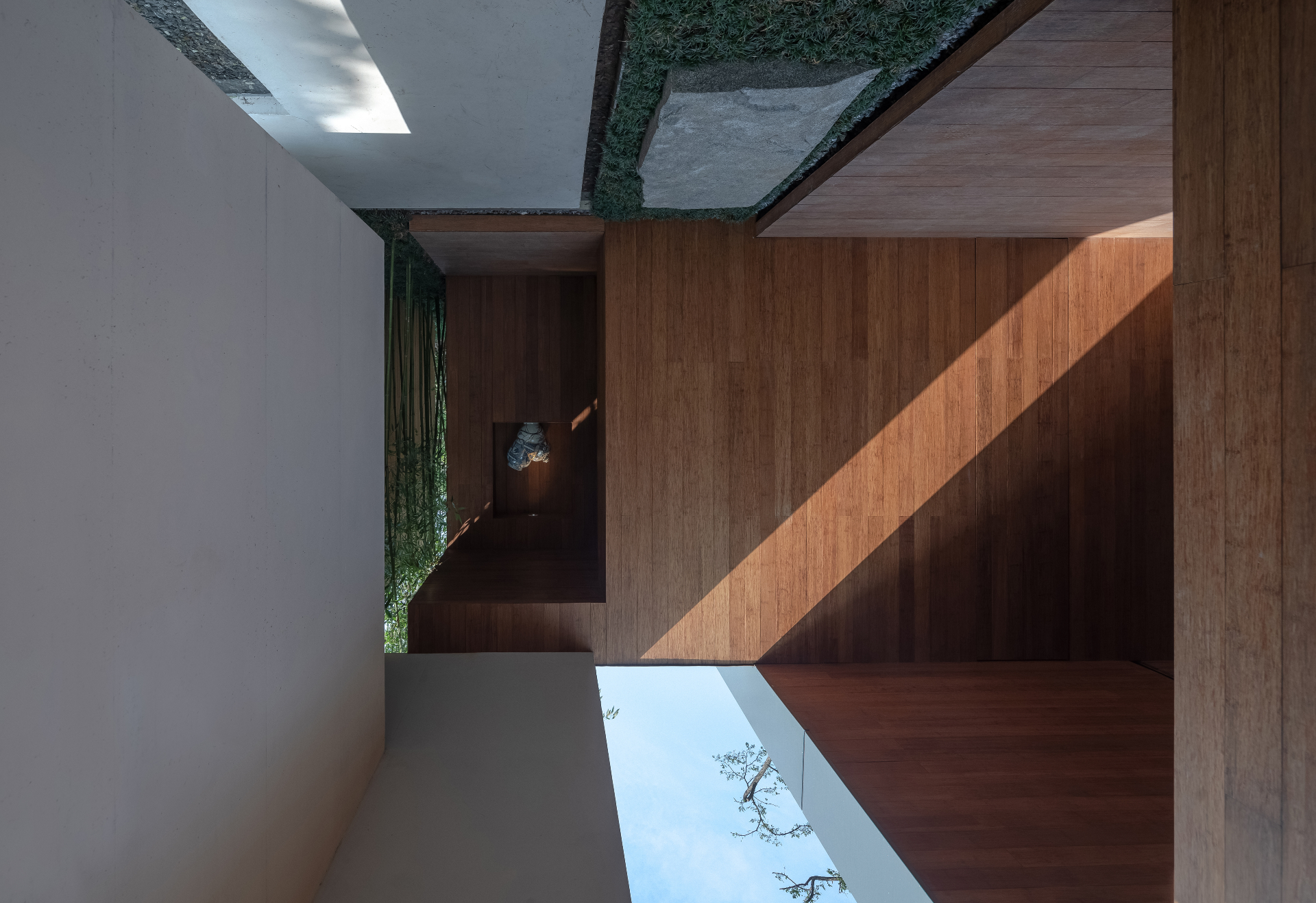
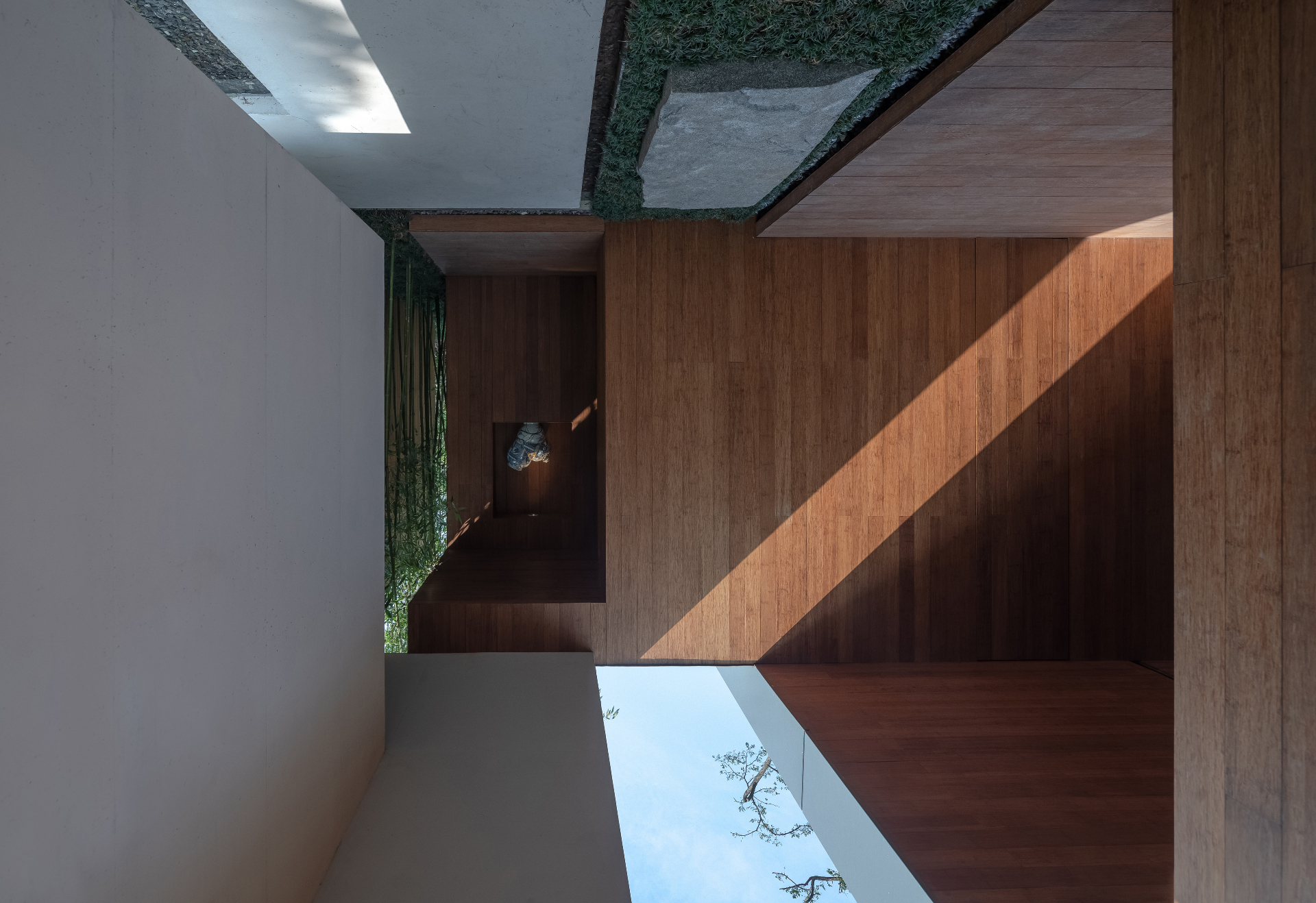
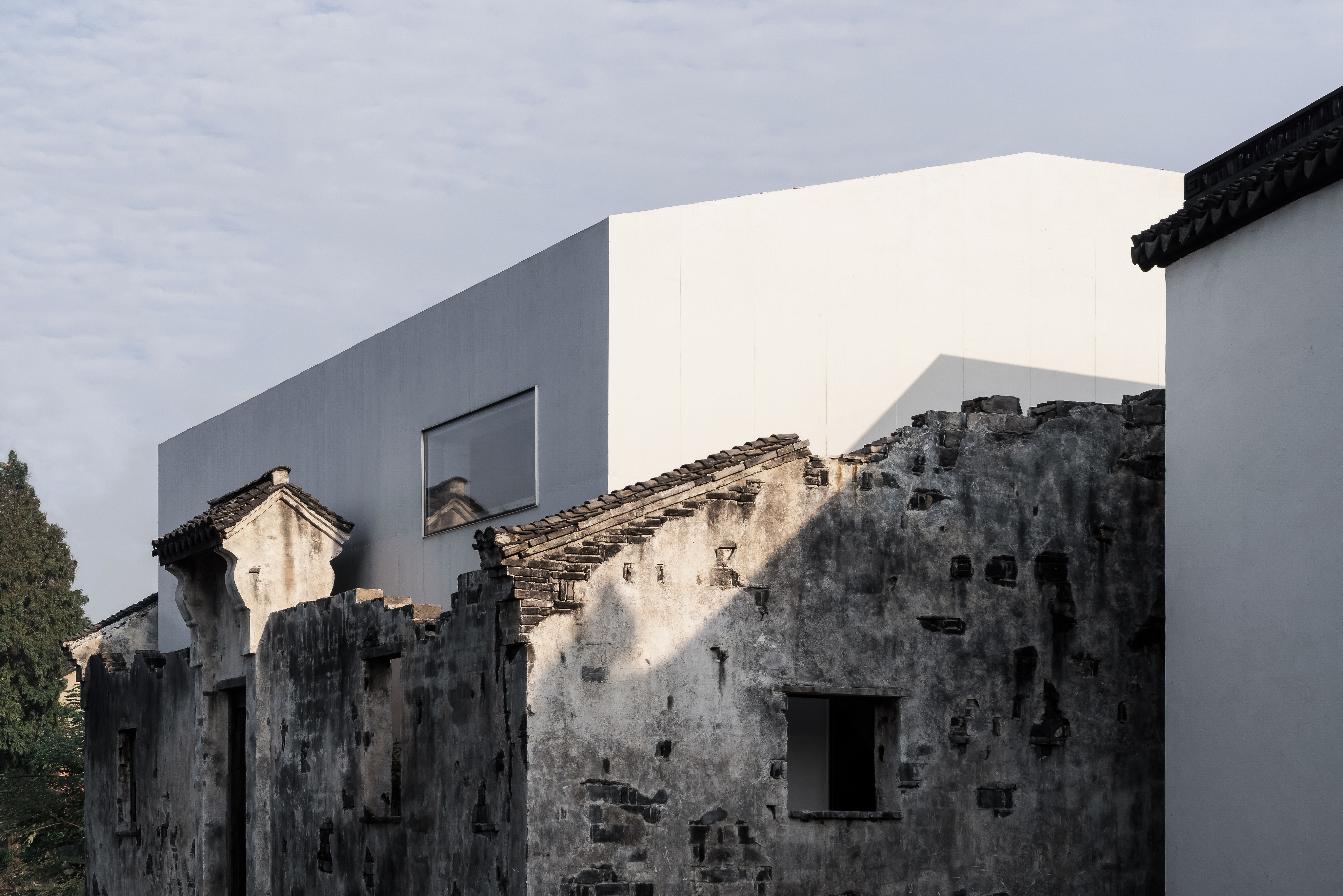
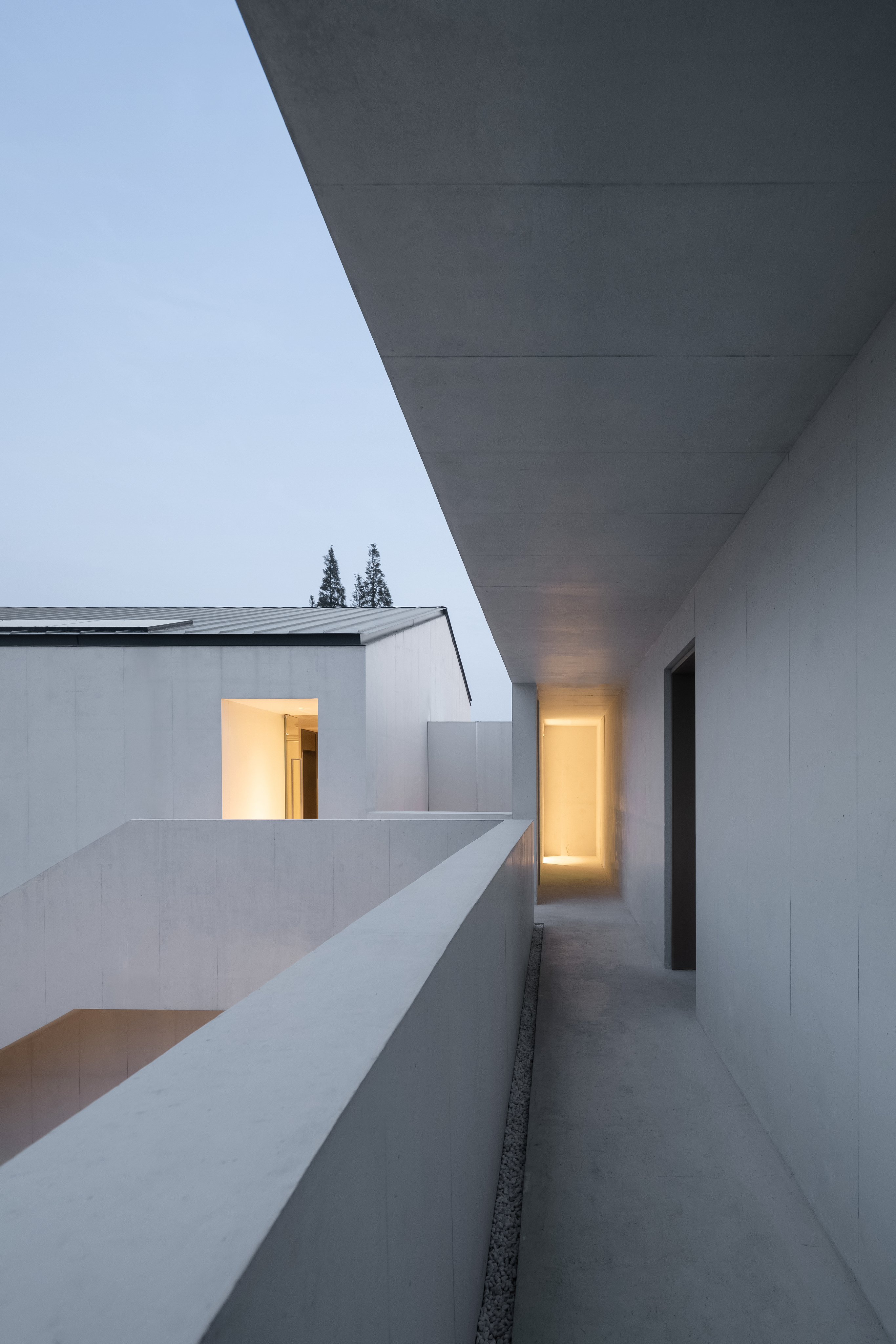
Wallpaper* Newsletter
Receive our daily digest of inspiration, escapism and design stories from around the world direct to your inbox.
Ellie Stathaki is the Architecture & Environment Director at Wallpaper*. She trained as an architect at the Aristotle University of Thessaloniki in Greece and studied architectural history at the Bartlett in London. Now an established journalist, she has been a member of the Wallpaper* team since 2006, visiting buildings across the globe and interviewing leading architects such as Tadao Ando and Rem Koolhaas. Ellie has also taken part in judging panels, moderated events, curated shows and contributed in books, such as The Contemporary House (Thames & Hudson, 2018), Glenn Sestig Architecture Diary (2020) and House London (2022).
-
 Japan in Milan! See the highlights of Japanese design at Milan Design Week 2025
Japan in Milan! See the highlights of Japanese design at Milan Design Week 2025At Milan Design Week 2025 Japanese craftsmanship was a front runner with an array of projects in the spotlight. Here are some of our highlights
By Danielle Demetriou
-
 Tour the best contemporary tea houses around the world
Tour the best contemporary tea houses around the worldCelebrate the world’s most unique tea houses, from Melbourne to Stockholm, with a new book by Wallpaper’s Léa Teuscher
By Léa Teuscher
-
 ‘Humour is foundational’: artist Ella Kruglyanskaya on painting as a ‘highly questionable’ pursuit
‘Humour is foundational’: artist Ella Kruglyanskaya on painting as a ‘highly questionable’ pursuitElla Kruglyanskaya’s exhibition, ‘Shadows’ at Thomas Dane Gallery, is the first in a series of three this year, with openings in Basel and New York to follow
By Hannah Silver
-
 A Xingfa cement factory’s reimagining breathes new life into an abandoned industrial site
A Xingfa cement factory’s reimagining breathes new life into an abandoned industrial siteWe tour the Xingfa cement factory in China, where a redesign by landscape architecture firm SWA completely transforms an old industrial site into a lush park
By Daven Wu
-
 The Yale Center for British Art, Louis Kahn’s final project, glows anew after a two-year closure
The Yale Center for British Art, Louis Kahn’s final project, glows anew after a two-year closureAfter years of restoration, a modernist jewel and a treasure trove of British artwork can be seen in a whole new light
By Anna Fixsen
-
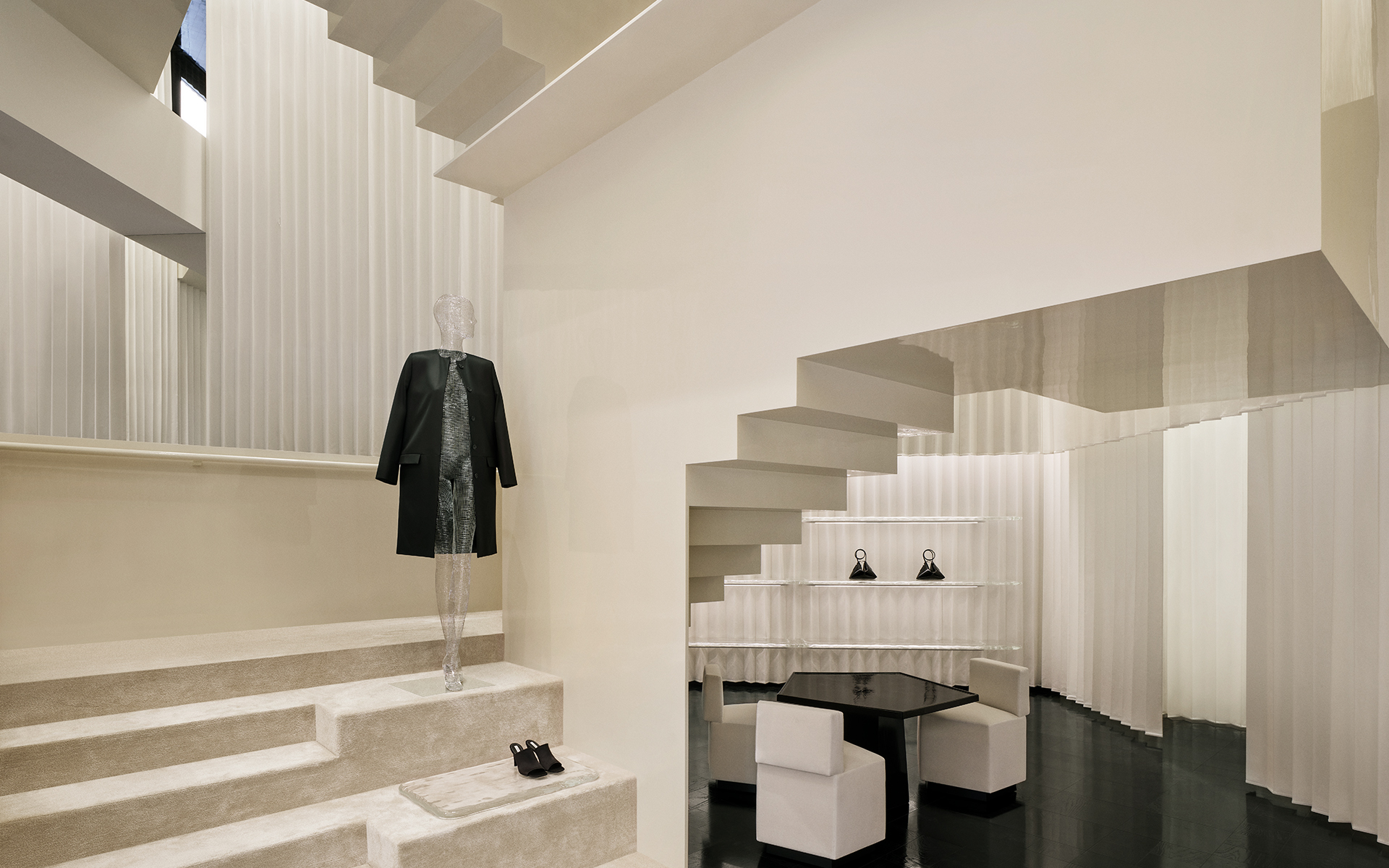 Bold, geometric minimalism rules at Toteme’s new store by Herzog & de Meuron in China
Bold, geometric minimalism rules at Toteme’s new store by Herzog & de Meuron in ChinaToteme launches a bold, monochromatic new store in Beijing – the brand’s first in China – created by Swiss architecture masters Herzog & de Meuron
By Ellie Stathaki
-
 The upcoming Zaha Hadid Architects projects set to transform the horizon
The upcoming Zaha Hadid Architects projects set to transform the horizonA peek at Zaha Hadid Architects’ future projects, which will comprise some of the most innovative and intriguing structures in the world
By Anna Solomon
-
 You’ll soon be able to get a sneak peek inside Peter Zumthor’s LACMA expansion
You’ll soon be able to get a sneak peek inside Peter Zumthor’s LACMA expansionBut you’ll still have to wait another year for the grand opening
By Anna Fixsen
-
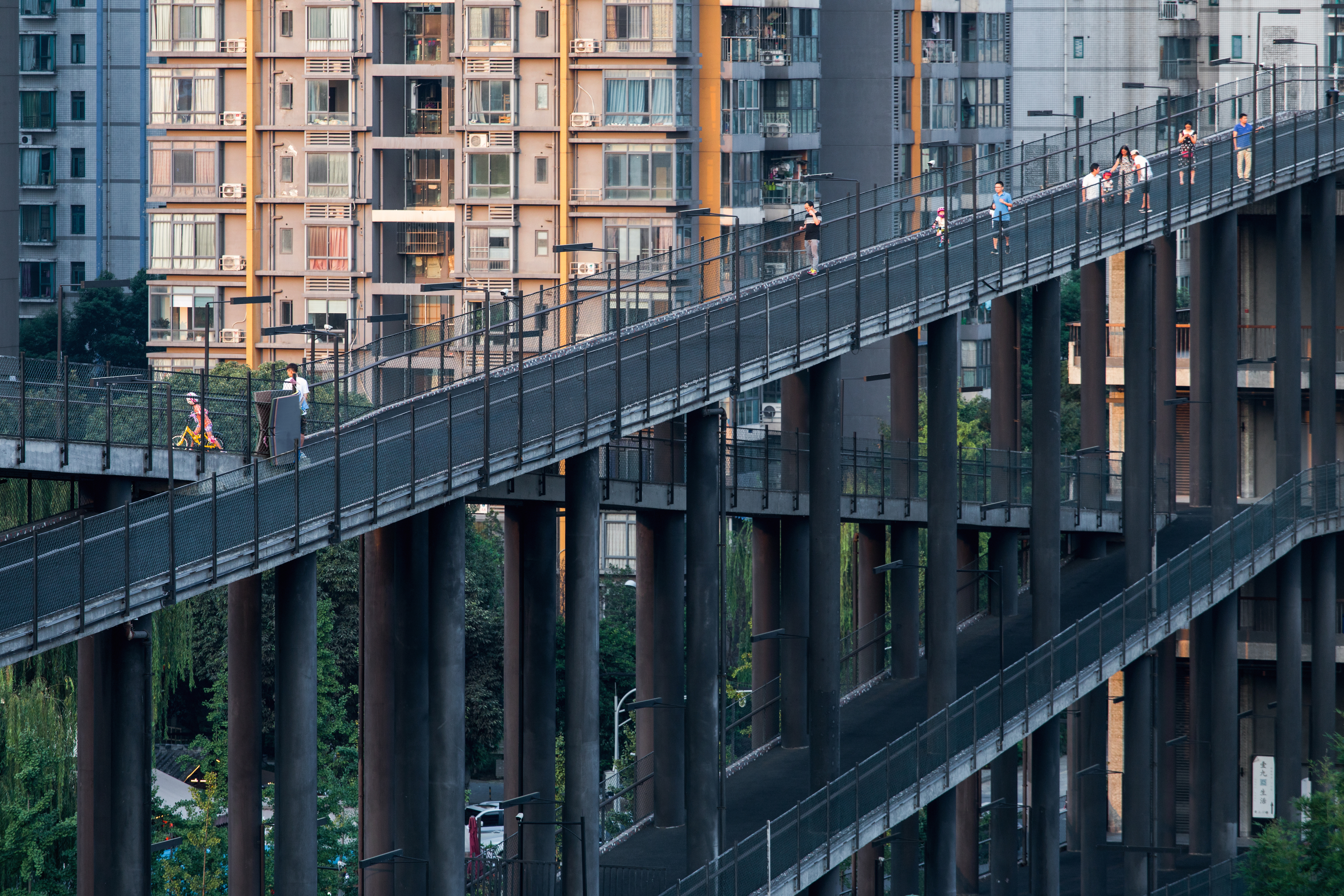 Liu Jiakun wins 2025 Pritzker Architecture Prize: explore the Chinese architect's work
Liu Jiakun wins 2025 Pritzker Architecture Prize: explore the Chinese architect's workLiu Jiakun, 2025 Pritzker Architecture Prize Laureate, is celebrated for his 'deep coherence', quality and transcendent architecture
By Ellie Stathaki
-
 NYC's The New Museum announces an OMA-designed extension
NYC's The New Museum announces an OMA-designed extensionOMA partners including Rem Koolhas and Shohei Shigematsu are designing a new building for Manhattan's only dedicated contemporary art museum
By Anna Solomon
-
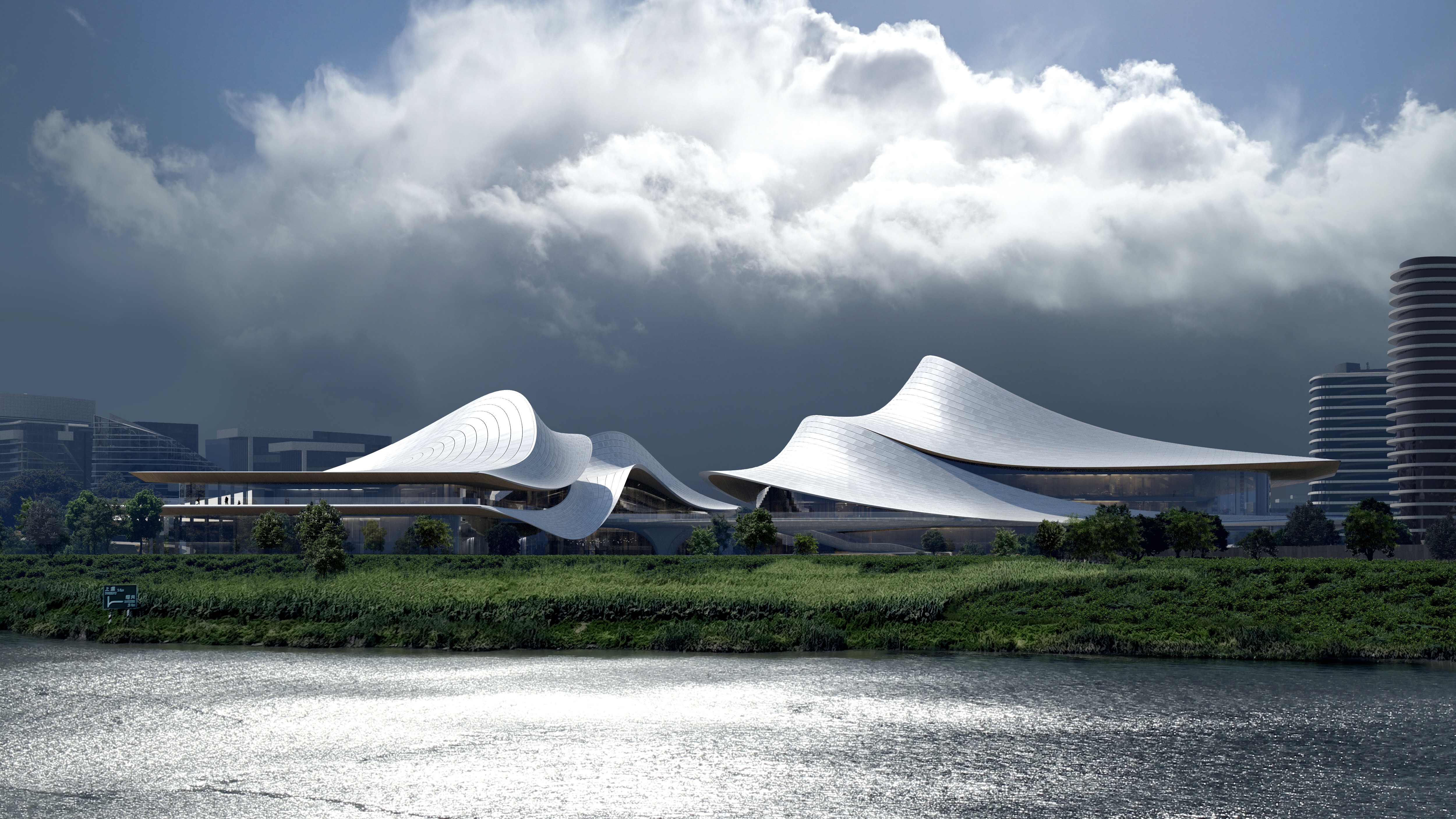 Zaha Hadid Architects reveals plans for a futuristic project in Shaoxing, China
Zaha Hadid Architects reveals plans for a futuristic project in Shaoxing, ChinaThe cultural and arts centre looks breathtakingly modern, but takes cues from the ancient history of Shaoxing
By Anna Solomon